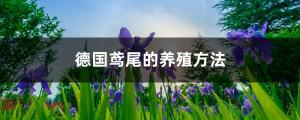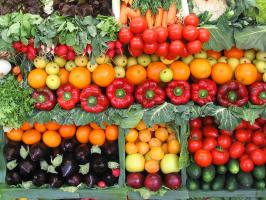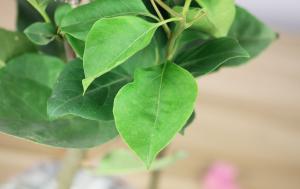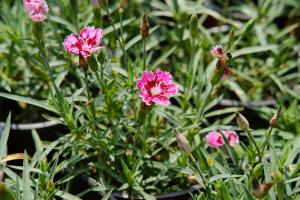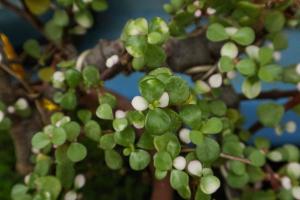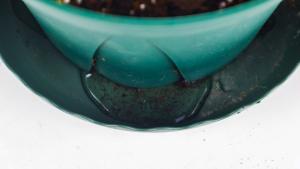What Types of Plants Prefer Self-Watering Pots?
Self-watering pots have become a popular choice amongst gardeners who want to save time and energy while ensuring that their plants receive the right amount of hydration. These pots are designed to regulate the amount of moisture that plants receive, which makes them an excellent option for specific plant species. In this article, we will explore what types of plants prefer self-watering pots.
Succulents and Cacti
Succulents and cacti are two types of plants that thrive in self-watering pots. These plants are accustomed to dry and arid environments and are therefore adapted to survive without frequent watering. The self-watering feature of these pots ensures that the soil does not become waterlogged, which can lead to root rot in succulents and cacti. Additionally, the water reservoir in self-watering pots allows these plants to have access to water whenever they need it, which is ideal for their survival.
Herbs
Herbs are another type of plant that benefits from a self-watering pot. Herbs require consistent moisture for optimal growth, but too much water can also be harmful. Self-watering pots help to regulate the moisture levels and prevent over-watering by providing a consistent supply of water. Additionally, herbs are often grown indoors, and self-watering pots help to reduce the risk of water damage to furniture, floors, and carpets.
Edible Plants
Self-watering pots are an excellent option for edible plants, including fruits and vegetables. These plants require a consistent supply of water to produce high-quality produce. Self-watering pots help to ensure that the soil remains consistently moist, which can lead to a bountiful harvest. Additionally, these pots make it easier to control the moisture levels, which is essential for preventing disease and pests.
Plants that Need High Humidity
Some plant species require high humidity levels to thrive, such as ferns, orchids, and bromeliads. Self-watering pots provide an ideal environment for these plants as they are designed to release moisture into the soil gradually. The water reservoir in these pots also creates a humid microclimate around the plant, which is beneficial for their growth.
Plants that Need Consistent Moisture
Some plants require consistent moisture levels, such as peace lilies, spider plants, and pothos. Self-watering pots are an excellent option for these plants as they help to regulate the water levels, ensuring that the soil remains evenly moist. Over-watering is a common problem for these plants, and self-watering pots help to prevent this issue.
Conclusion
Self-watering pots are an excellent option for specific plant species that prefer consistent moisture levels. Succulents, cacti, herbs, edible plants, and species that require high humidity or consistent moisture levels tend to thrive in these pots. With the convenience and benefits that self-watering pots provide, gardeners should consider trying them out for their plants' optimal growth.

 how many times do yo...
how many times do yo... how many planted tre...
how many planted tre... how many pine trees ...
how many pine trees ... how many pecan trees...
how many pecan trees... how many plants comp...
how many plants comp... how many plants can ...
how many plants can ... how many plants and ...
how many plants and ... how many pepper plan...
how many pepper plan...